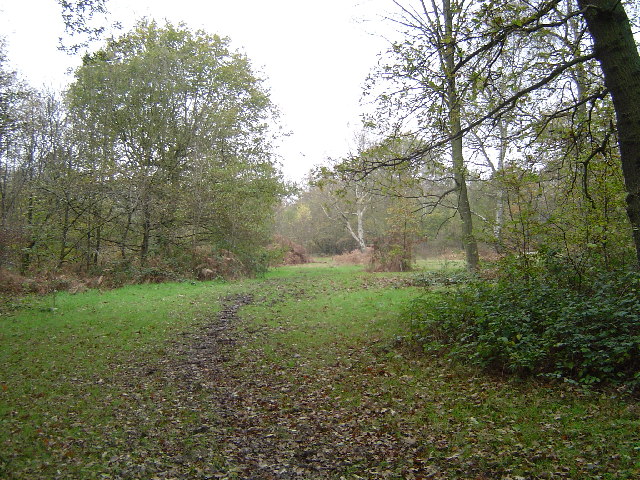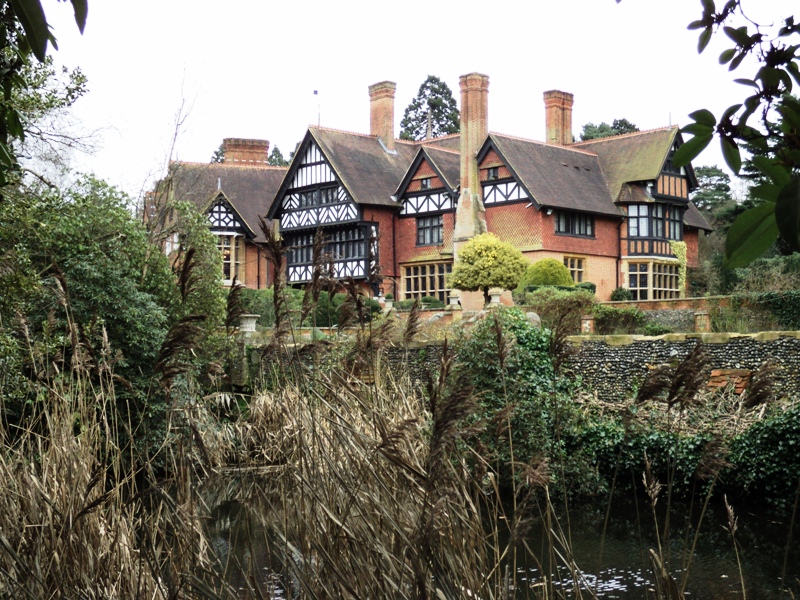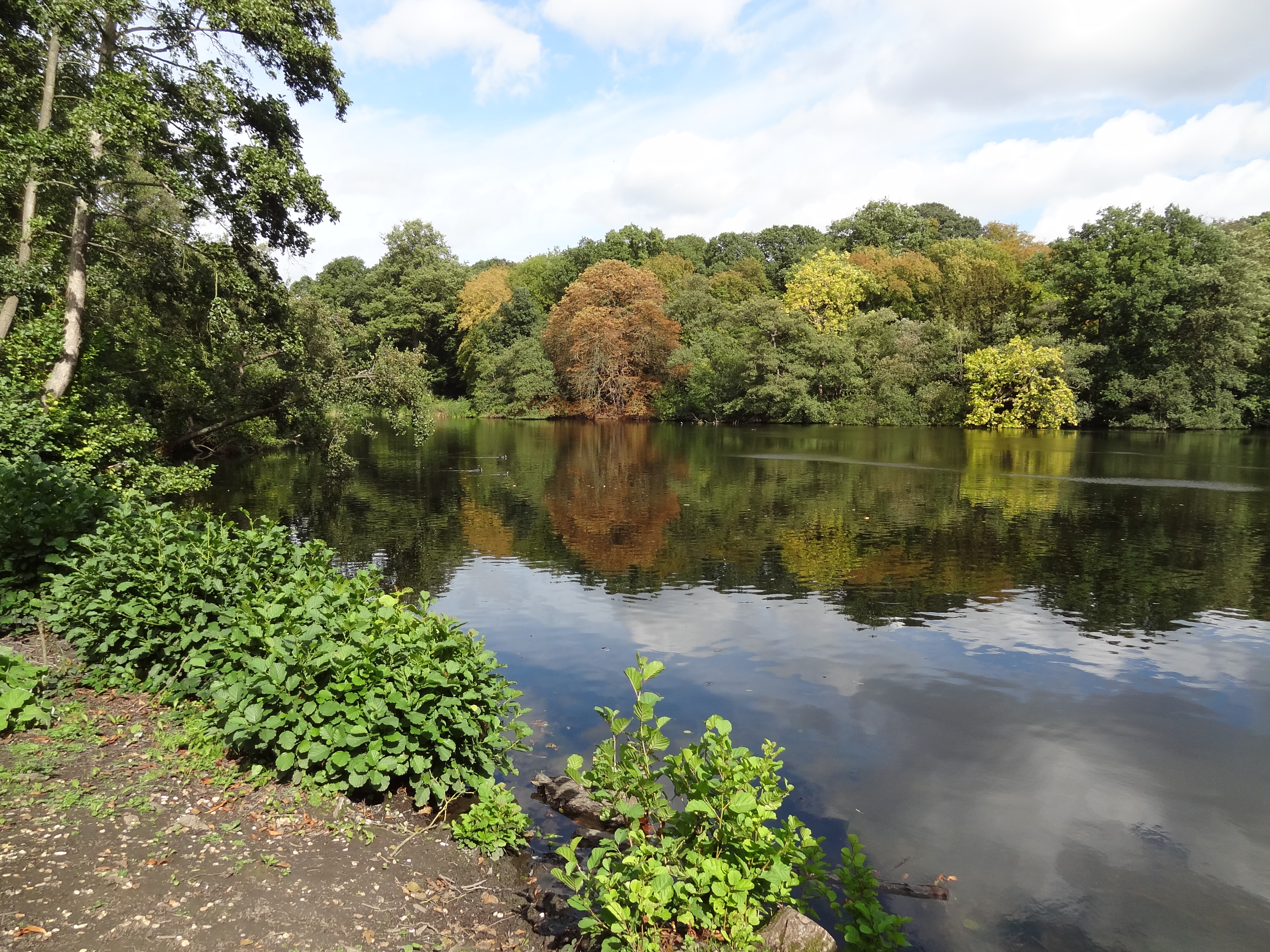Caldecote Hill
Settlement in Hertfordshire Hertsmere
England
Caldecote Hill

Caldecote Hill is a small village located in Hertfordshire, England. Situated approximately 30 miles north of London, it falls within the district of North Hertfordshire. The village is nestled on a gentle slope, offering picturesque views of the surrounding countryside.
The settlement has a rich history, with evidence of human habitation dating back to the Roman times. It was mentioned in the Domesday Book of 1086, indicating its significance even during medieval times. Today, it retains its charm as a traditional English village, with a mix of period and modern houses lining its streets.
The village is well-connected, with easy access to nearby towns and cities. The A505 road runs close by, providing convenient links to Hitchin, Letchworth Garden City, and Royston. The nearest railway station is Ashwell and Morden, offering regular services to London and Cambridge.
Caldecote Hill boasts a close-knit community and a range of amenities to cater to its residents. These include a primary school, a village hall, and a local pub. The village also benefits from being surrounded by beautiful countryside, allowing for scenic walks and outdoor activities.
For those seeking cultural attractions and leisure pursuits, Caldecote Hill is within easy reach of larger towns such as Baldock and Stevenage. These towns offer a wider array of amenities, including shopping centers, restaurants, and leisure facilities.
Overall, Caldecote Hill provides a peaceful and idyllic place to reside, with its historic charm, convenient location, and access to both rural and urban amenities.
If you have any feedback on the listing, please let us know in the comments section below.
Caldecote Hill Images
Images are sourced within 2km of 51.633065/-0.339793 or Grid Reference TQ1594. Thanks to Geograph Open Source API. All images are credited.







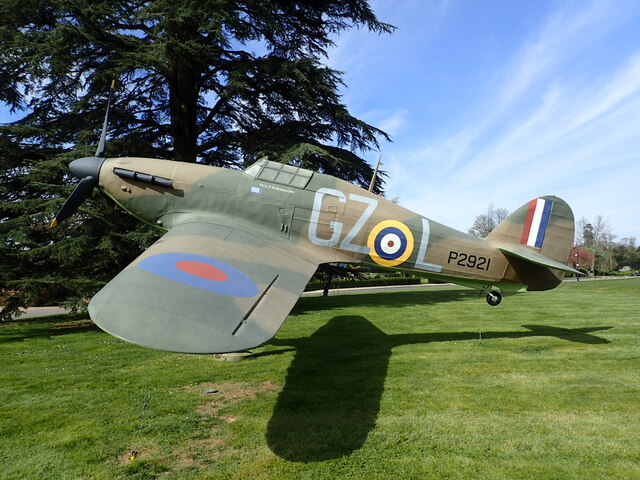







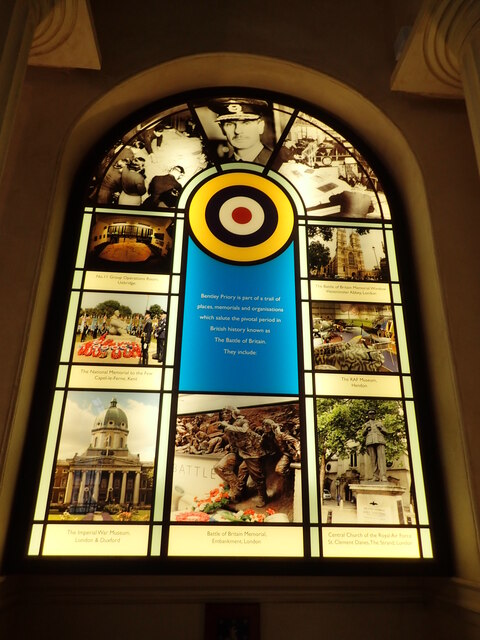


Caldecote Hill is located at Grid Ref: TQ1594 (Lat: 51.633065, Lng: -0.339793)
Administrative County: Hertfordshire
District: Hertsmere
Police Authority: Hertfordshire
What 3 Words
///among.fresh.gosh. Near Bushey, Hertfordshire
Nearby Locations
Related Wikis
Stanmore Common
Stanmore Common is a 49.2-hectare public park, Local Nature Reserve and Site of Metropolitan Importance for Nature Conservation in Stanmore in the London...
Bentley Priory
Bentley Priory is an eighteenth to nineteenth century stately home and deer park in Stanmore on the northern edge of the Greater London area in the London...
RAF Bentley Priory
RAF Bentley Priory was a non-flying Royal Air Force station near Stanmore in the London Borough of Harrow. It was the headquarters of Fighter Command in...
Immanuel College, Bushey
Immanuel College is a private co-educational Jewish day school in Bushey, Hertfordshire, on the outskirts of North London. It is a member of the Headmasters...
Harrow Weald Common
Harrow Weald Common is an 18-hectare area of woodland, heath and pasture in Harrow Weald in the London Borough of Harrow. It is considered of considerable...
Harrow Weald SSSI
Harrow Weald SSSI is a 3.7 hectare (9 acre) geological Site of Special Scientific Interest in Harrow Weald in the London Borough of Harrow. It was formerly...
Grim's Dyke
Grim's Dyke (sometimes called Graeme's Dyke until late 1891) is a house and estate in Harrow Weald, in northwest London, England. The house was built from...
Bentley Priory Nature Reserve
Bentley Priory Nature Reserve is a Site of Special Scientific Interest and Local Nature Reserve in Stanmore in the London Borough of Harrow, surrounding...
Nearby Amenities
Located within 500m of 51.633065,-0.339793Have you been to Caldecote Hill?
Leave your review of Caldecote Hill below (or comments, questions and feedback).
